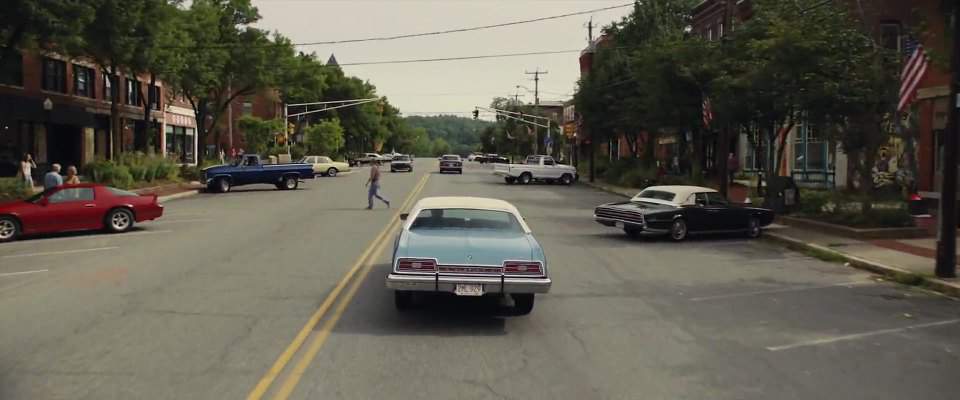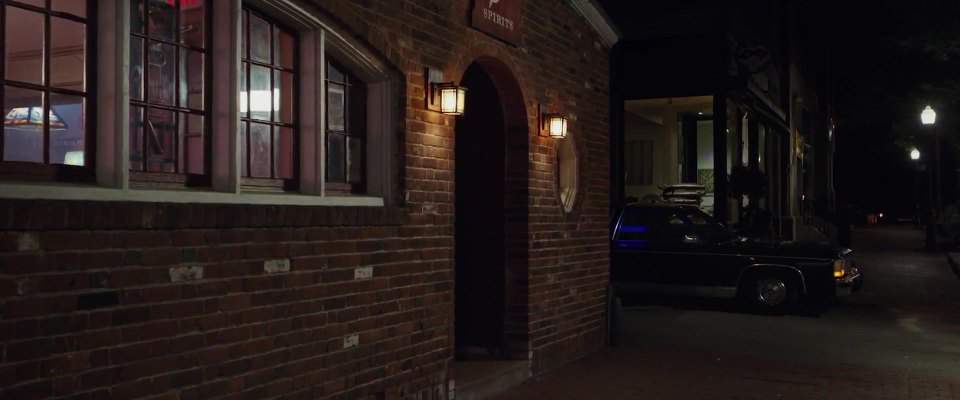The Man Who Invented Christmas 2017

In this delightful biographical drama, witness the creative spark that brought Ebenezer Scrooge and Tiny Tim to life. Charles Dickens' own experiences intertwine with his vivid imagination as he crafts A Christmas Carol, a timeless tale that transforms the holiday season forever, ushering in the joyous celebrations we cherish today.
Does The Man Who Invented Christmas have end credit scenes?
No!
The Man Who Invented Christmas does not have end credit scenes.
Actors
Meet the cast of The Man Who Invented Christmas and learn about the talented actors who brought the characters to life. Explore their roles and career highlights.
Links
Explore where to watch The Man Who Invented Christmas online. Find reviews, ratings, and detailed movie information on other platforms like Metacritic, Rotten Tomatoes, IMDb or TMDb
Ratings
Discover how The Man Who Invented Christmas is rated on popular platforms like IMDb, Metacritic, and TMDb. Explore audience and critic scores to see how this movie ranks among the best.

60
Metascore
6.5
User Score


%
TOMATOMETER

0%
User Score

7.0 /10
IMDb Rating

68
%
User Score

3.3
From 10 fan ratings
Movie Quiz
Challenge your knowledge of The Man Who Invented Christmas with an engaging quiz. Test your memory of the movie’s characters, plot twists, and unforgettable moments.
The Man Who Invented Christmas Quiz: Test your knowledge about the fascinating story of Charles Dickens and the creation of A Christmas Carol.
In what year does the story of The Man Who Invented Christmas take place?
Plot Summary
Get the full story of The Man Who Invented Christmas with a detailed plot summary. Dive into its themes, characters, and the twists that make it a must-watch.
As the year 1843 begins, Charles Dickens finds himself grappling with the fallout of three consecutive literary failures. With his publishers having rejected his latest works, he is determined to salvage his reputation by creating a new book, aiming for an independent publication—all within a challenging six-week deadline to ensure its release by Christmas. In the midst of a grim London backdrop, his inspiration springs from the stark disparity between a lavish funeral attended by only a handful of people and the sour demeanor of an elderly man who derisively labels him “Humbug.” This unexpected muse leads to the birth of A Christmas Carol, despite the skepticism from his contemporaries, who regard the festive period as inconsequential and its observance as a rare occurrence.
As Charles dives deeper into his storytelling, he becomes engulfed by the very characters that he conjures into existence. Ebenezer Scrooge (played by Christopher Plummer), the grumpy protagonist, starts to take on a life of his own, reminding Charles of the moral urgency that propels the narrative forward. The input of Tara (portrayed by Anna Murphy), the astute Irish nursemaid looking after his children, adds further depth to his creative process with her sharp observations and literary perspectives.
Yet, the arrival of Charles’ peculiar father, John Dickens, disrupts the flow of writing and reintroduces a dose of reality into his artistic pursuits. His father’s peculiar behavior serves as a painful reminder of their family’s ongoing financial troubles. As Charles tries to balance Scrooge’s redemption arc with his own harsh realities, he is faced with the limitations of his creative capacity. When Tara proposes the idea that perhaps Scrooge might save Tiny Tim, Charles finds himself at a standstill, grappling with a writer’s block caused by his profound doubts concerning humanity’s ability to change.
As the pressure of debts and personal obligations mounts, his relationships begin to unravel. A moment of fury drives both his parents and Tara away, leaving Charles in solitude to confront the repercussions of his actions. The following morning, regret consumes him for how he treated Tara, but it’s too late—she has vanished, enveloped by the fog of his own making. His wife, Catherine Dickens, holds him accountable for his reckless behavior and emotional volatility, expressing a deep-rooted concern that he places his art above everything else.
Through profound introspection, Charles’ bitterness towards his father is finally laid bare. His childhood was marred by the brutal reality of working in a blacking factory, a direct result of John Dickens’ financial blunders that led to their family’s incarceration for debt. This traumatic past left a lasting impact on Charles, intensifying his insecurities and resentment towards his father.
Despite this overwhelming burden, with Scrooge’s guidance, he embarks on a transformative journey of self-discovery. Charles learns that his narrative isn’t solely steeped in bitterness, but rather one of hope and renewal. Fueled by this newfound determination, he rushes home to finalize his manuscript, embodying the essence of his emotional evolution.
In an unexpected twist of fate, Tara appears at his door, returning a book he had lent her previously. Charles seizes this chance to apologize for his earlier outburst, inviting her back into his life. His wife encourages him to extend the same reconciliation gesture towards his father, who is preparing to leave London on a train.
Taking her wise counsel to heart, Charles reconnects with his father, paving the way for healing and reconciliation. With time slipping away, he submits his manuscript just in time for printing ahead of Christmas.
As the Dickens family revels in the holiday cheer, the world outside undergoes a transformation of its own. The success of Charles’ masterpiece, A Christmas Carol, spreads rapidly, leaving an indelible impact on the very fabric of Christmas as we celebrate it today. In a poignant conclusion, the lasting legacy of this cherished tale serves as a powerful testament to the significance of storytelling and the resilience of the human spirit.
Videos
See the latest videos related to The Man Who Invented Christmas. Explore trailers, interviews, and behind-the-scenes content that give you a deeper look into the film.
Movie Cars
Explore the iconic cars featured in The Man Who Invented Christmas. Discover the vehicles that played a role in the movie, their details, and their significance.
Keywords
Discover the keywords that describe the themes and topics of the movie. Explore the keywords that define the essence of the film.
Featured on this page

What's After the Movie?
Not sure whether to stay after the credits? Find out!
Check out our other apps:
Actors
Companies
Latest Movies
© 2025 What's After the Movie. All rights reserved.



































